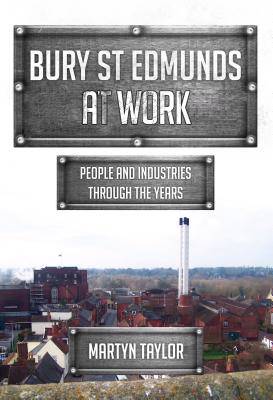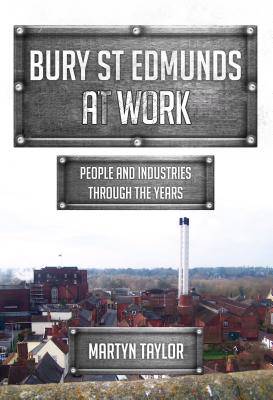
- Afhalen na 1 uur in een winkel met voorraad
- Gratis thuislevering in België vanaf € 30
- Ruim aanbod met 7 miljoen producten
- Afhalen na 1 uur in een winkel met voorraad
- Gratis thuislevering in België vanaf € 30
- Ruim aanbod met 7 miljoen producten
Zoeken
Omschrijving
Farming has always been synonymous with this part of England. The Benedictine abbey owned and controlled the town for over 500 years and the employment of the townspeople was centred around provisioning this huge religious house. As time went by, Bury went on to thrive as a wool town until the eighteenth century saw a downturn in the wool trade with resulting unemployment. The mid-nineteenth century saw a slow move towards industrialisation in the town though trades had always flourished. New industries arrived, such as the Greene King brewery, Bobys Engineering, the Cornish and Lloyd Foundry and then, of course, the sugar beet factory. Bury St Edmunds at Work explores the life of this Suffolk town and its people, from pre-industrial beginnings through to the present day. In a fascinating series of contemporary photographs and illustrations it looks at the impact that the Industrial Revolution had on the town, the consequences of rapid urbanisation, the changes in the industrial landscape during the Victorian era, the impact of war, and the post-war population explosion with the arrival of the London overspill in the 1960s, which also brought new jobs and new hopes. This book shows how the town has evolved to become not only an important tourist destination but a very desirable place to live and work.
Specificaties
Betrokkenen
- Auteur(s):
- Uitgeverij:
Inhoud
- Aantal bladzijden:
- 96
- Taal:
- Engels
- Reeks:
Eigenschappen
- Productcode (EAN):
- 9781445669069
- Verschijningsdatum:
- 15/09/2017
- Uitvoering:
- Paperback
- Formaat:
- Trade paperback (VS)
- Afmetingen:
- 165 mm x 234 mm
- Gewicht:
- 304 g

Alleen bij Standaard Boekhandel
+ 44 punten op je klantenkaart van Standaard Boekhandel
Beoordelingen
We publiceren alleen reviews die voldoen aan de voorwaarden voor reviews. Bekijk onze voorwaarden voor reviews.











